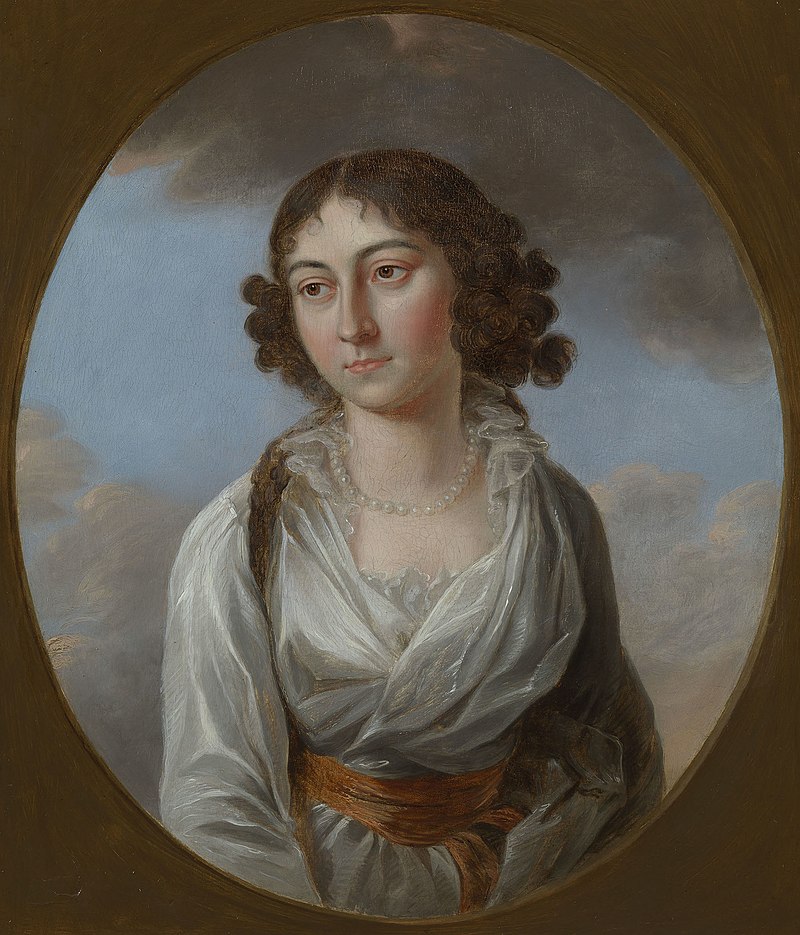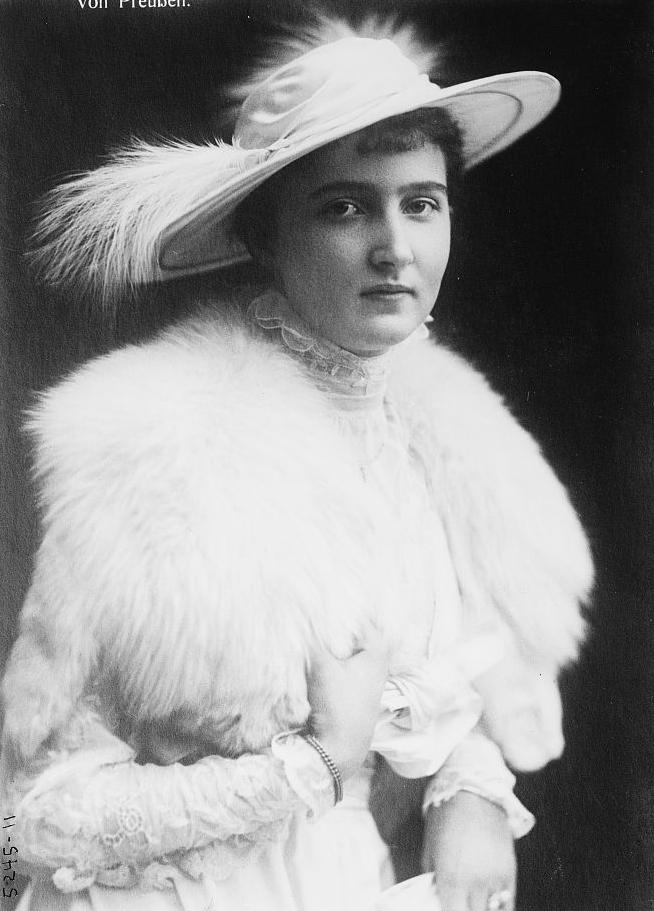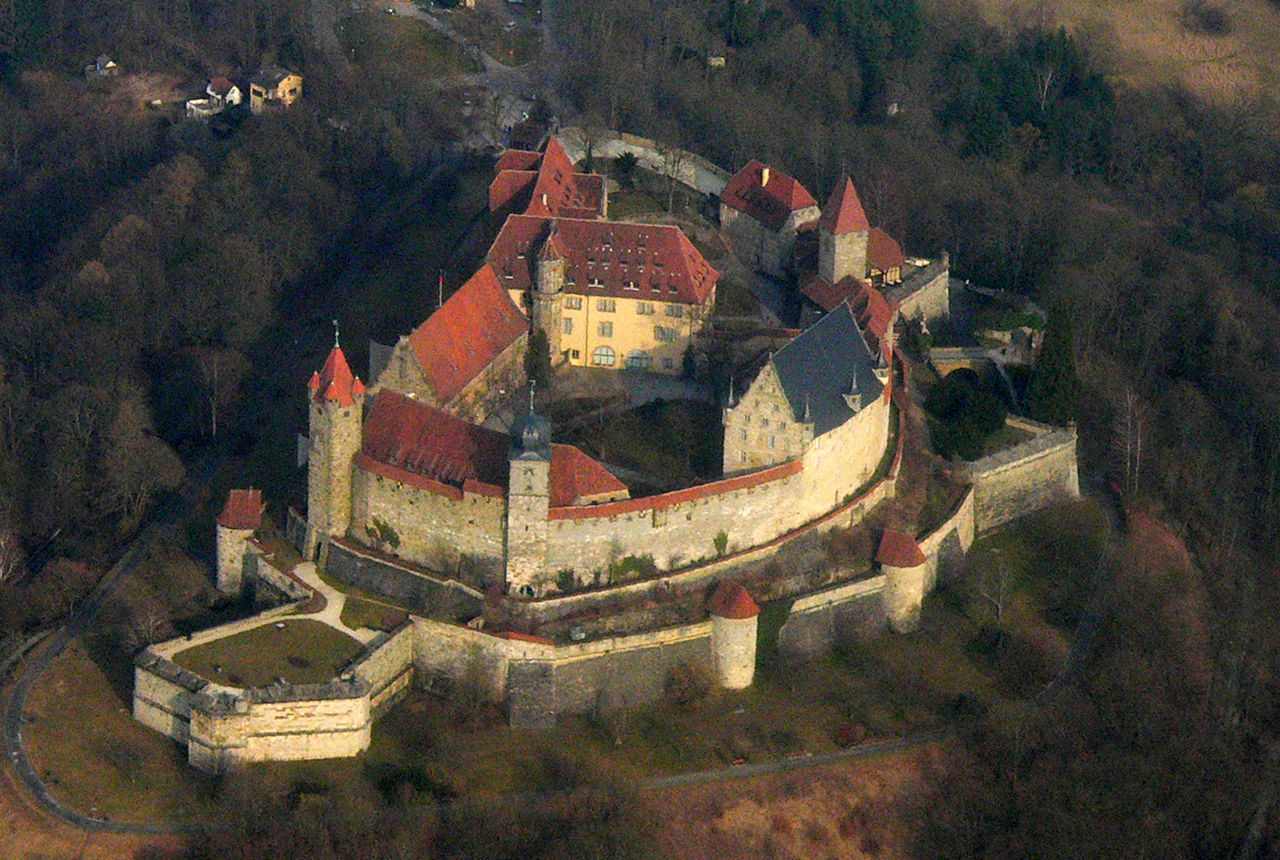by Susan Flantzer © Unofficial Royalty 2019

Johann Leopold, Hereditary Prince of Saxe-Coburg and Gotha; Credit – Wikipedia
Johann Leopold was the eldest of the five children and the eldest of the three sons of Charles Edward, Duke of Saxe-Coburg and Gotha and his wife Viktoria Adelheid of Schleswig-Holstein-Sonderburg-Glücksburg. He was born on August 2, 1906, at Callenberg Castle now in Coburg, Bavaria, Germany. On September 19, 1906, Johann Leopold was christened Johann Leopold Wilhelm Albrecht Ferdinand Viktor with his father’s first cousin Wilhelm II, German Emperor and his wife Empress Augusta Victoria serving as godparents. Because he was the firstborn son, Johann Leopold was the heir to the Duchy of Saxe-Coburg and Gotha and was styled Hereditary Prince of Saxe-Coburg and Gotha.

Charles Edward, Duke of Saxe-Coburg and Gotha and his wife with their son Johann Leopold: Credit – Wikipedia
Johann Leopold had four younger siblings:
- Princess Sibylla of Saxe-Coburg and Gotha (1908 – 1972), married Prince Gustav Adolf of Sweden, Duke of Västerbotten, had five children including King Carl XVI Gustaf of Sweden
- Prince Hubertus of Saxe-Coburg and Gotha (1909 – 1943), unmarried, died in action during World War II
- Princess Karoline Mathilde of Saxe-Coburg and Gotha (1912 – 1983), married (1) Friedrich Wolfgang Otto, Count of Castell-Rüdenhausen, divorced 1938, had three children (2) Flight Captain Max Schnirring killed in a flying accident in 1944, had three children (3) Karl Otto Andree, divorced 1949, no issue
- Prince Friedrich Josias of Saxe-Coburg and Gotha (1918 – 1998), married (1) Countess Viktoria-Luise of Solms-Baruth, divorced 1947, had one son Andreas, Prince of Saxe-Coburg and Gotha, Head of the House of Saxe-Coburg and Gotha descends from this marriage (2) Denyse Henrietta de Muralt, divorced 1964, had three children (3) Katherine Bremme, no issue

Johann Leopold and his sister Sybilla in the park of Castle Reinhardsbrunn: Credit – Wikipedia
Johann Leopold’s mother was the daughter of Friedrich Ferdinand, Duke of Schleswig-Holstein-Sonderburg-Glücksburg and his wife Princess Karoline Mathilde of Schleswig-Holstein-Sonderburg-Augustenburg. Her father was the eldest son of Friedrich, Duke of Schleswig-Holstein-Sonderburg-Glücksburg and a nephew of King Christian IX of Denmark. Her mother was a granddaughter of Princess Feodora of Leiningen, the half-sister of Queen Victoria from her mother’s first marriage.

Johann Leopold’s parents in 1905; Credit – Wikipedia
Charles Edward, Johann Leopold’s father, was the posthumous son of Queen Victoria’s youngest son Prince Leopold, Duke of Albany. Therefore, Johann Leopold was a great-grandchild of Queen Victoria. At the time of Johann Leopold’s birth, his father also held the British title Duke of Albany. However, due to his participation in World War I with the German Imperial Army, Charles Edward lost his British title via the 1917 Titles Deprivation Act. Charles Edward and his children also lost their titles of Prince and Princess of the United Kingdom and the styles Royal Highness and Highness. According to the Titles Deprivation Act, the male heirs of those deprived of their titles have the right to ask the British Crown to reinstate their titles. Johann Leopold remained heir to the title Duke of Albany and was eligible to apply for its reinstatement, though he did not do so and neither have any heirs since then.
At 11 AM on November 11, 1918 – “the eleventh hour of the eleventh day of the eleventh month” – a ceasefire ending World War I went into effect. On November 9, 1918, the Workers’ and Soldiers Council of Gotha, deposed Charles Edward as Duke of Saxe-Coburg and Gotha. Five days later, he signed a declaration relinquishing his rights to the throne.
In 1926, Johann Leopold completed his studies at the Ritterakademie in Brandenburg. He then studied economics, art history, and constitutional law at the Rheinische Friedrich-Wilhelms University in Bonn, now the University of Bonn. During this period, Johann Leopold had many conflicts with his father. The conflicts came to a head when Johann Leopold wanted to marry against the Saxe-Coburg and Gotha House Law of March 1, 1855, which stated that members of the House of Saxe-Coburg and Gotha could make only equal marriages with members of princely or royal houses. His intended bride was Feodora Freiin von der Horst, from a noble family – Freiin means Baroness – but not from a princely or royal house. If Johann Leopold and Feodora married, Johann Leopold would have to renounce his succession rights for himself and any children from the marriage. The couple married civilly on March 9, 1932, in Niedersedlitz near Dresden, Germany, and religiously on March 14, 1932, at a church in Dresden. Johann Leopold was allowed to keep his title of Prince of Saxe-Coburg and Gotha.
Johann Leopold and Feodora had three children:
- Princess Marianne of Saxe-Coburg and Gotha (born 1933), married Michael Nielsen, had two daughters
- Prince Ernst Leopold of Saxe-Coburg and Gotha (1935 – 1996), married (1) Ingeborg Henig, divorced 1963, had one son (2) Gertraude Monika Pfeiffer, divorced 1985, had two daughters and three sons (3) Sabine Biller, with whom he died by suicide, no children
- Prince Peter of Saxe-Coburg and Gotha (born 1939), married Roswitha Henriette Breuer; had two sons
On April 1, 1932, Johann Leopold joined the Nazi Party but his loyalty to the party was repeatedly questioned. During World War II, he served as a sergeant in an anti-aircraft regiment but was released in 1943 because of political unreliability. After World War II, proceedings against him in a denazification appeals court were discontinued on February 20, 1947.
In 1948, Johann Leopold made headlines when he was sentenced to two years in prison by a criminal court in Amberg, Bavaria, Germany on charges of indecency with children. After this, he broke off all connections with his family. He did not attend the funeral of his father in Coburg in 1954.
On February 27, 1962, his marriage to Feodora ended in divorce. Johann Leopold married again on May 3, 1963, to a divorced commoner Maria Theresia Reindl. The two lived in Karlstein near Maria’s hometown of Bad Reichenhall in Bavaria, Germany. On May 4, 1972, Johann Leopold died at the age of 65 from cancer in Grein, Austria. He was buried in his second wife’s family grave at the Roman Catholic Church of St. Zeno in Bad Reichenhall, Bavaria, Germany. His second wife Maria survived him by 24 years, dying in 1996 at the age of 88.
Ill-fortune also followed Johann Leopold’s elder son Ernst Leopold. In 1986, Ernst Leopold married for a third time to Sabine Biller, a journalist. The couple began to have money problems as they were living beyond their means. On June 27, 1996, in the parking lot of a chalet restaurant in Bad Wiessee, Bavaria, Germany, the bodies of Ernst Leopold and Sabine were found in their car, dead from gunshot wounds from hunting rifles. Apparently, they had simultaneously shot themselves.

The Church of St. Zeno where Johann Leopold is buried; Credit – Von Wolfgang Sauber – Eigenes Werk, CC BY-SA 3.0, https://commons.wikimedia.org/w/index.php?curid=11612030
This article is the intellectual property of Unofficial Royalty and is NOT TO BE COPIED, EDITED, OR POSTED IN ANY FORM ON ANOTHER WEBSITE under any circumstances. It is permissible to use a link that directs to Unofficial Royalty.
Works Cited
- “Johann Leopold, Hereditary Prince of Saxe-Coburg and Gotha.” Wikipedia, Wikimedia Foundation, 29 May 2018, en.wikipedia.org/wiki/Johann_Leopold,_Hereditary_Prince_of_Saxe-Coburg_and_Gotha.
- “Johann Leopold Von Sachsen-Coburg Und Gotha.” Wikipedia, Wikimedia Foundation, 4 Jan. 2019, de.wikipedia.org/wiki/Johann_Leopold_von_Sachsen-Coburg_und_Gotha.
- Karacs, Decca Aitkenhead/Imre. “Royal Couple Could Not Afford Lavish Life.” The Independent, Independent Digital News and Media, 23 Oct. 2011, www.independent.co.uk/news/world/royal-couple-could-not-afford-lavish-life-1339488.html.




































